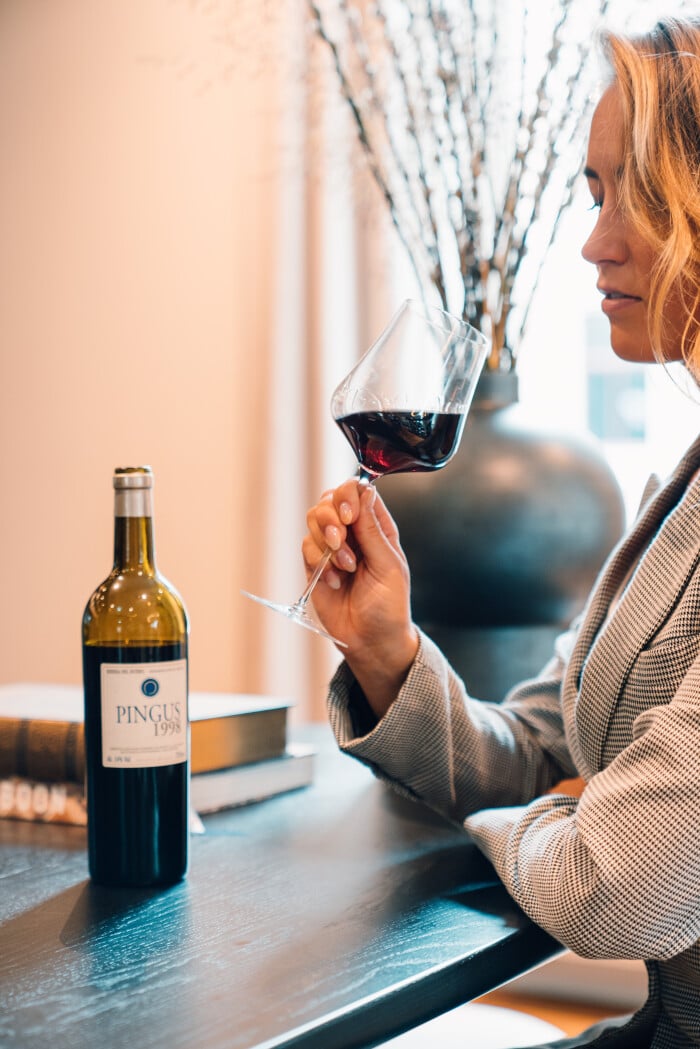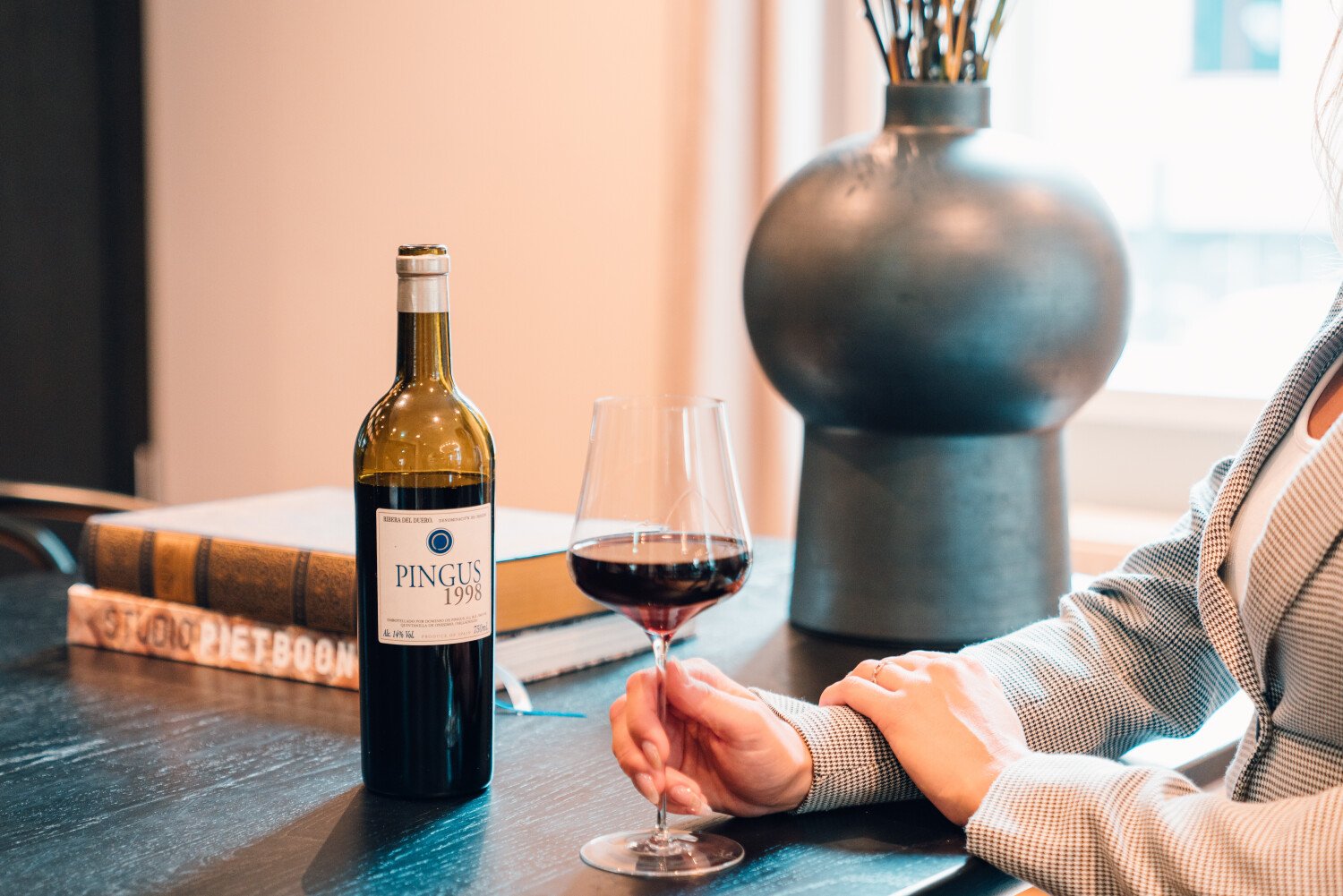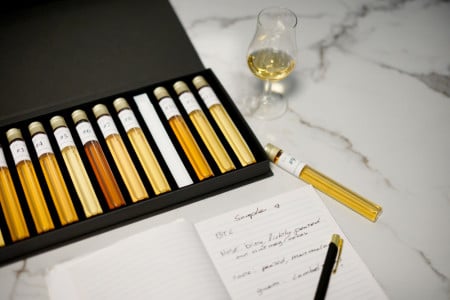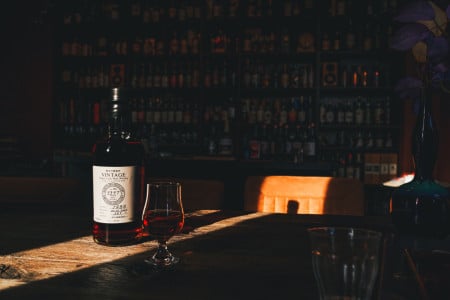In order to keep up with demand, Peter Sisseck and his importer from the United States decided to make a second wine: Flor de Pingus. In 1999, he leased half of the Villacreces finca, including the cellar, and produced the little Pingus brother there until 2003. In the meantime, he founded his own winery, Dominio de Pingus, and bought more vineyards in La Horra. This enabled him to increase the production volume of Flor de Pingus from 6,000 to 100,000 bottles - with the second wine already costing over 100 euros. Like the Grand Vin, the Flor de Pingus also radiates enormous power and elegance as well as impressive depth. However, the sparse stone notes with their purist, delicate precision are reserved for the Pingus alone.
Sisseck is also bottling a small quantity of 280 bottles of another wine exclusively for its American importer. This is called Amelia and comes from a small plot planted in 1895. Like all of Peter Sisseck's other vineyards, this parcel is also consistently cultivated according to biodynamic principles. The Pingus PSI wine, which Peter Sisseck markets under the Bodegas y Viñedos Alnardo label, is not quite as exclusive as Pingus or Amelia, but still meets the highest quality standards. The grapes come from contract winegrowers in the north and east of Aranda de Duero. Sisseck's actual intention behind the wine was to save the region's old vines by offering the winegrowers an economic perspective.
To this day, he not only pays good prices for the grapes, but also advises the families with his accumulated expertise. He even founded a viticulture school specifically to pass on his expertise. Today, 500 winegrowers cultivate 841 parcels of land for the PSI, from which 320,000 bottles are sold on the market every year at a very fair price. The wine itself shines with a typical Tempranillo fruitiness, which is paired with enormous depth and concentration due to the old vines.






